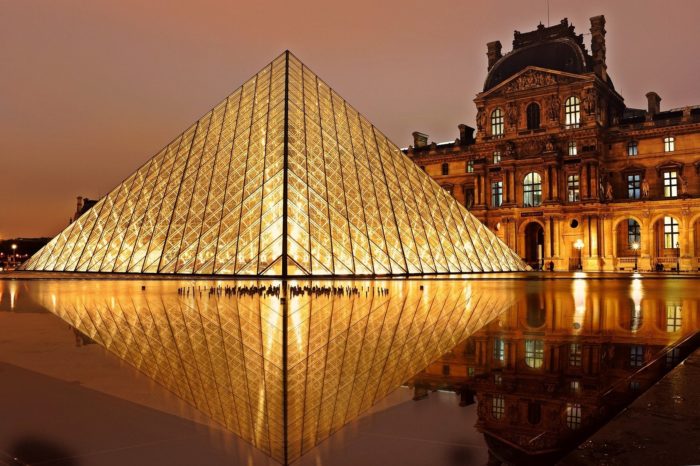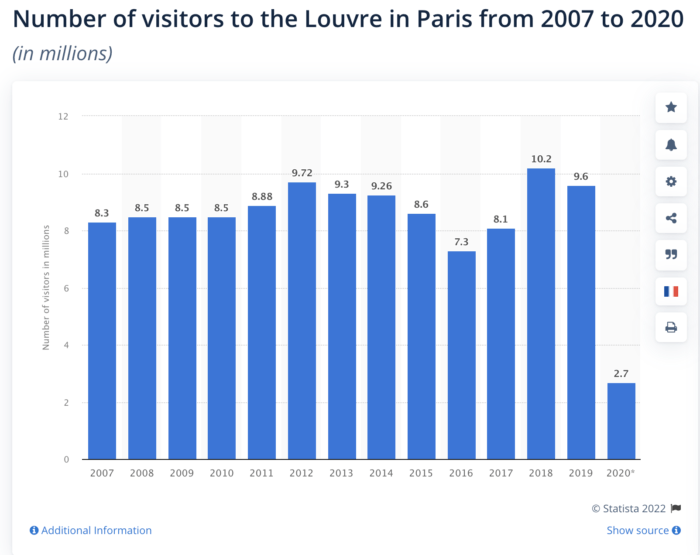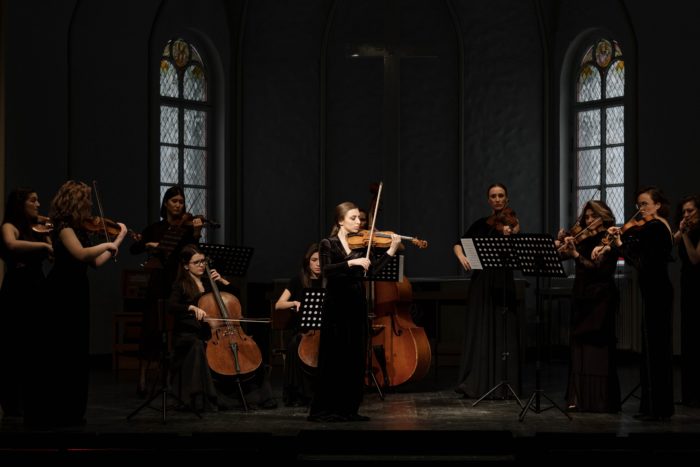Hemingway said: If you are lucky enough to have lived in Paris as a young man, then wherever you go for the rest of your life, it stays with you, for Paris is a moveable feast.
Paris is the political, economic and cultural center of France. For many people, the whole country of France is also a moveable feast. In this very first article, we will experience the history of music and art, especially the treasures in French museums and opera houses.

As a world-recognized cultural power, France carries the aspirations of people all over the world for art, romance and culture. In this pure land of art, there are not only three famous museums (the Louvre, the Musée d’Orsay and the Centre Pompidou), but also countless large and small museums, which together promote the banner of French art and culture, attract the attention of art lovers all over the world. These museums not only inherit history, culture and art, but also constantly change the way they display their charm with the development of the city, provide people with invaluable spiritual wealth and integrate into people’s daily life. This is the charm of French museums.
By May 2020, 4,811 museums were registered in France. Paris, as the capital of France, continues to be the city with the highest number of museums in the world, with 297 museums. Among them, The Louvre is absolutely the most magnificent museum. The Louvre is a representative of Western classical art museums, with collections from prehistory to the mid-19th century, outlining the historical trajectory of Western art development. There are currently approximately 616k collections in the Louvre, of which 483k can be visited on the online platform, accounting for 75% of its total collection. As for the 8 cultural relics department in the museum, 35,000 works of art are displayed. This makes the Louvre always the museum with the most visitors, and rank no.1 in almost all kinds of rankings in the world. Besides, there are many other wonderful museums, such as Musée d’Orsay, transformed from an abandoned train station, world-famous for its collection of impressionist works. In recent years, the interior of the building has been carefully designed and renovated, the exhibition space and exhibits have been rearranged, the exhibition area has been expanded, and the display effect has been greatly improved. and the Centre Pompidou, the French National Museum of Modern and Contemporary Art, has permanent exhibitions that comprehensively reflect the development trajectory of modern and contemporary art. In these and other museums, thousands of exhibitions are held every year and attract many visitors.
However, it seems like French people are not that interested in going to exhibitions. Report shows that 61% of respondents have neither visited a museum nor explored a temporary exhibition in 2018, and only 8% have visited 5 times or more in this year. We can also see it from the number of visitors to the Louvre: 10,2 million people visited the Louvre in 2018, 9,6 million in 2019, and only 2,7 million in 2020. As the epidemic progresses, the French border has been closed several times, which strongly affected the entry of foreign tourists. Therefore, we can draw the following conclusions: instead of French visitors, most visitors to the French museums are from countries outside of France.

Sourse: Statista
After talking about the French museums, let’s take a look at another biggest part that constitutes the cultural activities: theaters and music halls.
Speaking of important French composers, we have to start with the Middle Ages. during this period, the composers Pérotin and Léonin were the most famous. Pérotin secured his place in musical history by inventing the counter-melody, while Léonin was known for advancing the polyphony. These two new musical ideas form the roots for all classical music.
During the Baroque and Classical period, there were no notable French composers. With Romanticism coming (1825-1900) , we have arrived at the musical age in France. That is to say, at this time, music in France began to flourish. French composers were the best known in the world during this period. Among the great names of the French romantic style are Debussy, Berlioz, Bizet, Fauré, Offenbach, Saint-Saëns and Ravel. The Romantic style is marked by a lack of strict rules and the free expression of emotions. This period really belonged to French composers. France is a romantic country. During the romantic period, French musicians combined the tradition and the new trends, forming a distinctive French style. Of course, many other genres of music other than classical have bursted into bloom in France. Musette, Cancan, Cabaret, Jazz, Pop, Rock, Metal, Hip-hop…Religion, love and nature. These themes permeate French music, just as they permeate French people’s lives.
In people’s daily life, about half of French people go to concerts and operas regularly, and not surprisingly, seniors prefer the classical concerts while young people prefer the music festivals or live shows. In France, especially in big cities like Paris, several concerts of different levels are held every day. Thanks to the high music education level in France, it is possible for people to see a world’s top concert/musician in France with a reasonable price. This also attracts a lot of tourists to travel in France. As far as we know, a certain percentage of tourists come to France specially to attend a concert, an opera or a musical event.

Of course, there are still many other cultural activities in France that are not only indispensable in people’s lives but also contribute a lot to the economy, such as cinemas, sport events, festivals, outdoors, etc.

